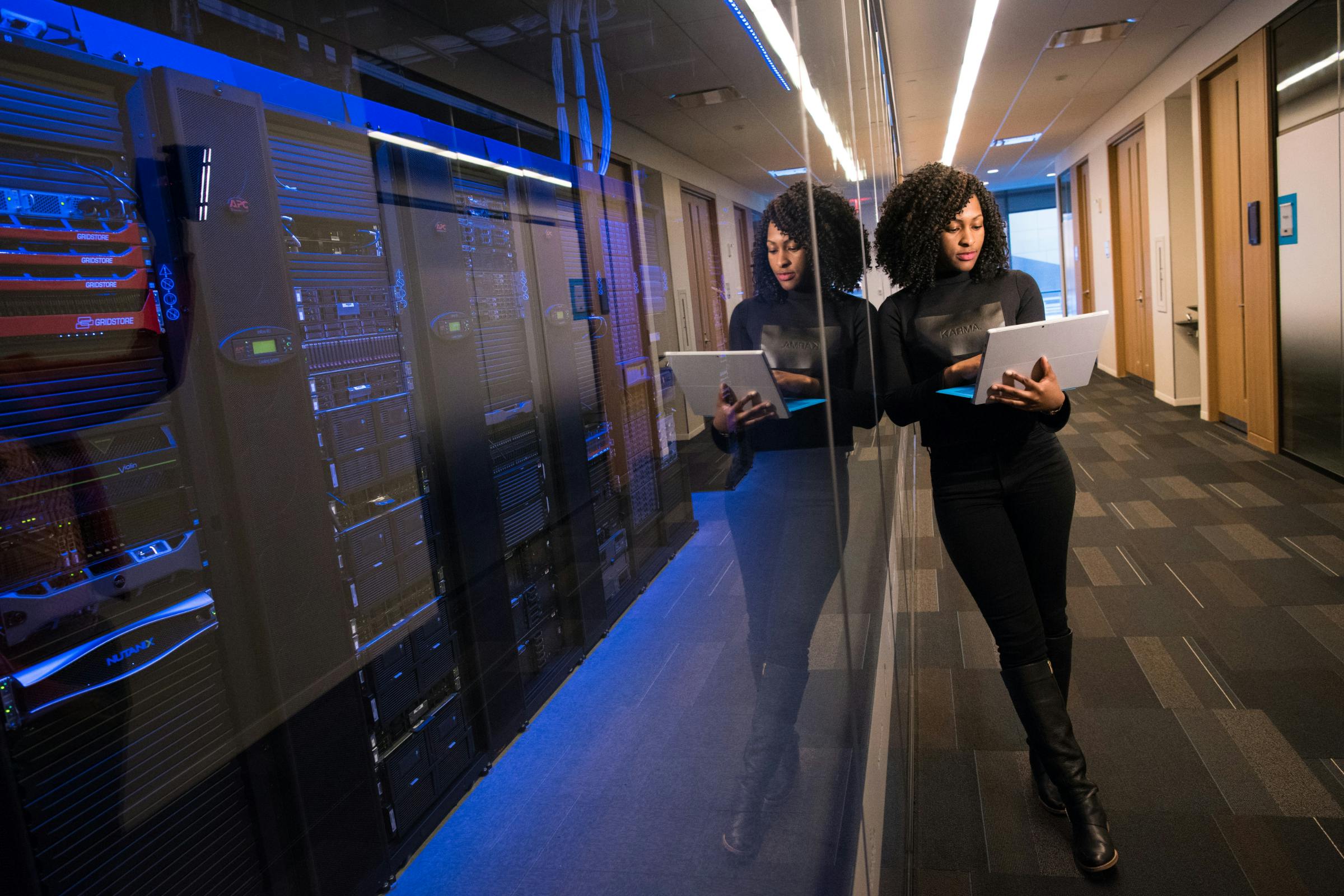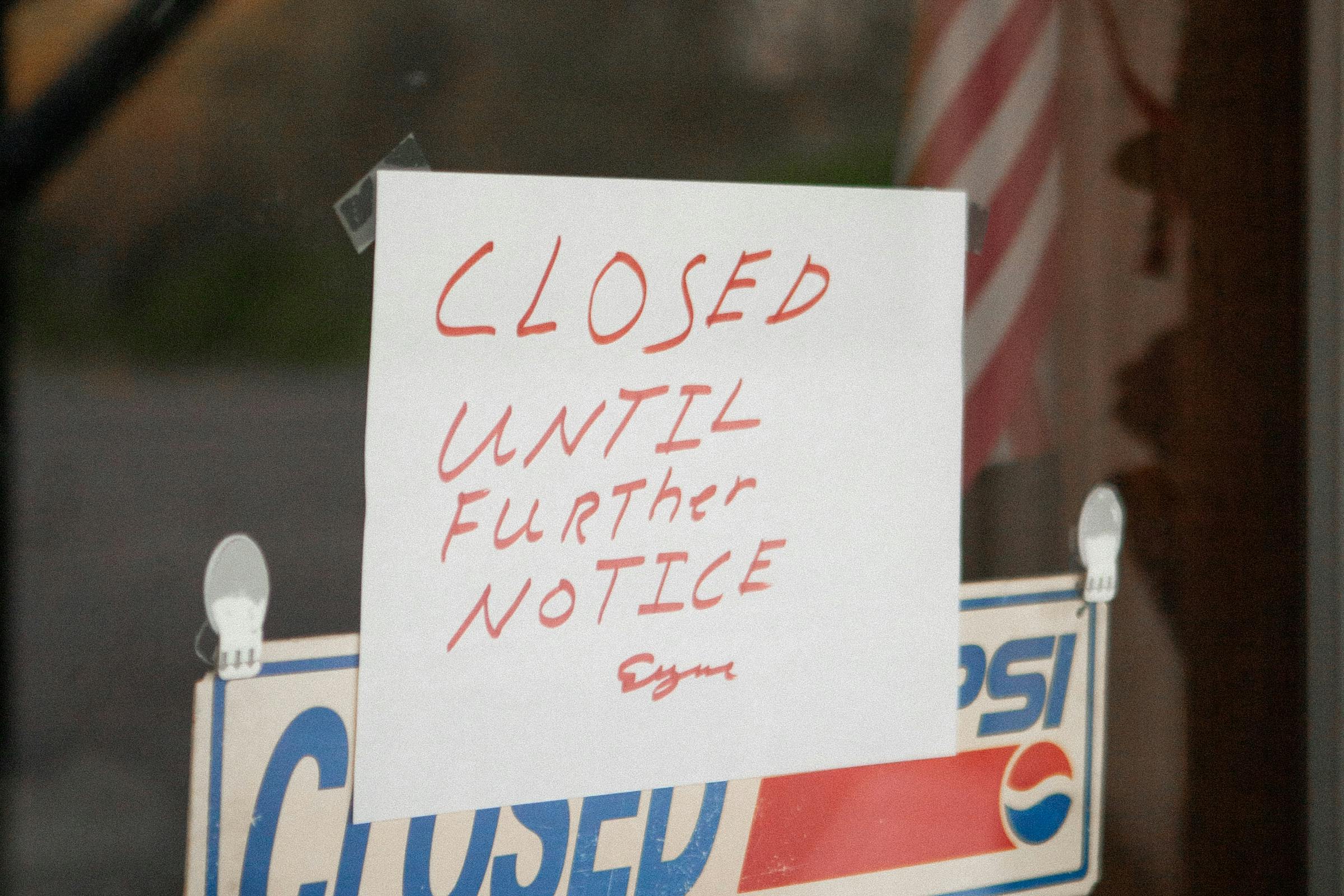Summarizing the H-1B Program
Historically, there has been a shortage of workers in the United States, with more demand than supply, particularly in highly skilled fields. These professional vacancies leave more than that specific job empty. The domino effect of a missing skilled worker there often means that other jobs that would rely on someone in that position go unfilled, as well, and an entire supply chain is impacted.
To address this issue and attempt to circumvent it at its root, the US government permits qualified businesses to hire foreign workers who fit the requirements of the position. Highly skilled foreign nationals are recruited by US employers, who complete the paperwork and registration process and pay for the employee to receive an H-1B visa.
The downside to this system is that there are only 65,000 H-1B visas for employers that aren’t in cap-exempt fields, such as certain nonprofit organizations and institutions for higher education. In addition, 20,000 other visas are allocated to those petitioners with advanced degrees.
To receive one of the visas in this statutory limit, the employer must register during a specific window. Proper registrations are placed in a random lottery, and the 85,000 “winners” may move forward with their petitions. Not all who are selected in the lottery will receive approval for their visa, as this depends on factors such as the legitimacy of the job and the employee’s background and skills.
The H-1B visa is a temporary nonimmigrant category designed solely for those in specialty occupations. The beneficiary must have a bachelor’s degree or the equivalent (or greater) and the employer must prove that the position is a specialty occupation as defined by USCIS and the Department of Labor (DOL).
Once an H-1B visa is approved, the beneficiary may work and live in the US for three years, with an optional three-year extension, for a maximum of six years.
Do No Harm …
It’s understandable that American workers have concerns about foreign nationals displacing their jobs and harming the economy instead of helping it. The H-1B program’s regulations attempt to mitigate these worries through the labor condition application (LCA).
All employers must file an LCA with the DOL before registering for an H-1B visa. In this application, they attest that hiring the H-1B worker will not adversely affect the wages or working conditions of any similarly employed US citizens. They’re required to provide current workers with a notice of intent to hire an H-1B worker and prove to the DOL that they attempted to hire within the US without success.
Another way the government uses the H-1B program to ensure the economy is not harmed is by requiring a prevailing wage to be paid. Under the LCA, the employer attests that they will pay the H-1B beneficiary at least the prevailing wage received by those in their organization doing the same or similar work.
Since skilled professionals tend to make more money than their unskilled counterparts, and the LCA ensures employers can’t hire foreign workers to undercut American workers, an H-1B worker can actually help the US economy. These individuals pay taxes on their higher salaries, buy homes and cars in the US, and shop and spend while they’re in the country.
How the H-1B Workers Impact the Economy
Since its inception in 1990, economists have studied the impact of the H-1B program on the society and economy of the US. Many of these studies show that having immigrant workers in the country creates new job opportunities for US citizens.
How is this possible? There are multiple avenues that prove this is factual instead of theoretical:
● Foreign workers may have different skills than natural citizens, which permits them to fill different positions that often complement each other. Immigrant workers don’t always compete for the same jobs as their US counterparts.
● Immigrant workers make a salary while in the US, and they pay taxes on that salary. They also spend their wages in the country, benefitting small and large American businesses.
● American businesses recognize the presence of foreign workers in the US and may expand nationally rather than moving overseas.
● Foreign workers frequently apply for Green Cards, which allow them to become permanent residents. When they do, they often create new businesses, hiring US workers, and expanding the labor market.
● When foreign workers have innovative ideas, they share them with the US, encouraging national economic growth.
While many opponents of foreign labor argue that these individuals take jobs from the rest of the country, the reality, according to statistics, paints a different story. The contributions of H-1B workers significantly improve the overall economy, creating employment opportunities for native citizens and contributing to local businesses.
Over the past few years, the demand for skilled workers has exceeded the availability of qualified and willing US citizens. Thanks to H-1B visas, employers have succeeded in closing the gap in both vacancies and unemployment rates, as having a skilled worker in a managerial position permits companies to hire more employees.
Finally, other studies show that there is a direct link between the number of H-1B visas allocated and US-based multinational company job offers. More denied visas decrease the number of jobs offered in US branches by these corporations. Instead, they open new affiliates overseas or increase employment rates at their existing affiliates outside of the US. These jobs could have gone to Americans, but the increasing denial rates make outside corporations choose to avoid boosting their territories within the US. Similarly, higher rates of H-1B visas correlate with an increase in innovative patents and patent citations filed, as well as a boost in startups.
What’s Next?
While one can argue with data, it’s rather difficult to do so when the research consistently says the same thing. In the case of H-1B visas, the data states that these workers do not earn low salaries or drag down the overall wage economy, rather, it’s the opposite. H-1B workers have a median wage of over $100,000 as compared to the average US working wage of $46,000. Only highly skilled individuals qualify for this visa, explaining the wage discrepancy. These workers pay taxes and contribute to the local economy, making positive economic impacts in communities across the country.
If you’d like to be a part of this visa program and see how it can help you reach your professional goals, contact Visa2US to get started! Our expert legal professionals are available day and night to answer your questions and guide your journey to an H-1B visa for yourself or a skilled employee.














